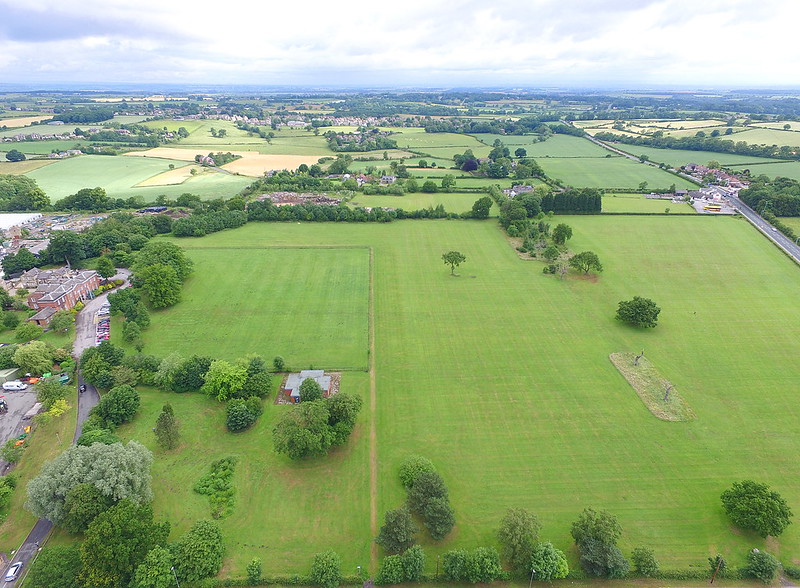‘We’re not going to get to where we need to be without making some very deep and very significant changes to the way we live’
– Cllr Judith Blake, leader of Leeds City Council, Executive Board meeting, 7th Jan 2020
In an Executive Board meeting happening now, a curious thing will happen.

Leeds will approve disposal of Red Hall Playing Fields – a local amenity and key biodiversity asset – immediately prior to reviewing its response to the climate emergency.
In item 20, Leeds will approve “disposal” of the Red Hall estate. That will include the fields and the area to the rear of Red Hall itself. The land, after sale, will no longer be public land. Any green space on it will be pseudo-public space, at best leased back to the council from whatever developer buys it. Our councillors have pledged their help in ensuring that as much of the fields as possible will remain green space, but in practice the Leeds position has never shifted: there will be two playing pitches, for sports provision only, and we will lose our amenity space.
In item 21, Leeds will review its response to the climate emergency. It says this about biodiversity:
Biodiversity is being critically affected by a combination of climate change and changes in land use. These changes both impact upon the quality of our lives and those of generations to come but also upon the stability of the ecosystem. Addressing the issues of landscape and biodiversity presents the opportunity to offset some of the remaining carbon in production but also to enhance wildlife and improve the public experience. A combination of developing woodland on our own holdings, together with work with other land owners are set to bring forward millions of trees in the next thirty years. A further report will be brought to the Executive Board in the summer regarding the council’s contribution to the Northern Forest. The council also has a specific programme to develop green spaces in the city centre as it becomes a major residential centre, shifting its emphasis towards encouraging biodiversity.

History will record that Leeds built a dual carriageway over its own public green space and then divested itself of the remainder for the benefit of developers at a time when an entire continent was on fire. It will justify this by saying that a capital receipt was required to keep “certain services” running. These are no doubt difficult decisions, but it will remain the opinion of the people behind our campaign that as a city, we continued with 1970s policies that induced traffic demand and made a parlous situation worse at a time when our planet demanded better.